A few weeks ago, Gizmodo ran an article claiming to rank and explain every major U.S. carrier’s WiFi system. At Routehappy, a big part of my job is to do exactly that. I need to know exactly what WiFi system is installed on every airline fleet and subfleet in the world, how it performs, what its limitations are, and how it ranks in the overall ecosystem. When I read through this article, I couldn’t help but notice it contained a few errors.
It’s a very complicated ecosystem, but not so complicated that it can’t be figured out. While the article does a great job of explaining how in-flight WiFi works and the technology behind it, I felt it was necessary to clear up which airlines currently offer what systems. Gizmodo’s 1-9 ranking is unchanged.
Below are excerpts from the original Gizmodo article, with my comments added under each.
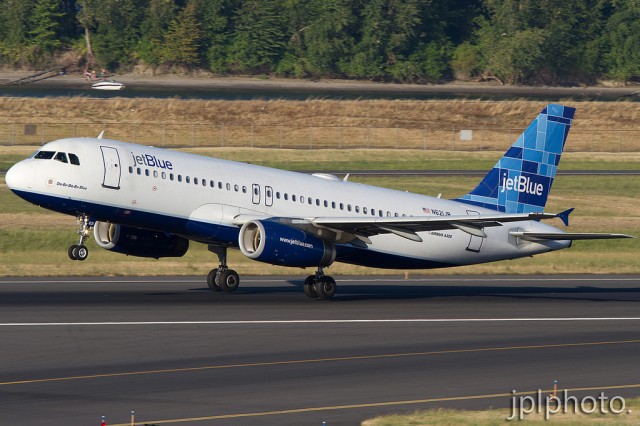
JetBlue Airbus A320 (check out that sweet WiFi hump) – Photo: Jeremy-Dwyer Lindgren | JDL Multimedia
1. JetBlue
JetBlue’s wifi is probably the fastest in the sky. Its ’œFly-Fi’ uses the latest Ka-band technology from ViaSat and clocks in at around 15Mbps. However, there’s no guarantee it will be available on your plane. All of the JetBlue’s Airbus 321 aircraft and 80% of its A320 aircraft have it. The rest of the fleet should be equipped this year. Before you book, check to see if your flight has Fly-Fi on JetBlue’s dedicated website.
JetBlue does indeed have the fastest WiFi in the sky – that fact is pretty much undisputed right now. However, that speed comes with a few drawbacks. Unlike the satellite WiFi offered by Panasonic, Row44, or Gogo, the ViaSat-powered Ka-band system only works over the lower 48 states. Flights heading out to the Caribbean, Mexico, Alaska, or even taking a shortcut across Canadian airspace will be outside of the coverage area until ViaSat2 launches sometime in late 2016. The smaller Embraer E190 fleet won’t see a completed WiFi rollout until sometime in 2016, not 2015. When it works, though, it’s pretty amazing.
2. Virgin America
Virgin America wins out as the second best airline for wifi simply because the crazy-fast Gogo ATG-4 service is available on the airline’s entire fleet. (Virgin flies Airbus 319s and A320s.) The service will get even faster this year, as Virgin is a launch partner for Gogo’s new 2Ku service, though it’ll roll out on transatlantic flights first. Virgin America is currently the only airline with wifi on every planejust hope it’s not broken when you fly. Gogo’s pricing is standardized at $5 per hour, $16 per day, and $60 for a full month pass (or $50 if you want that pass for just one airline). This pricing structure is the same for any airline that uses Gogo.
While Virgin America does get bonus points for offering WiFi on every single aircraft in its fleet, ATG-4 is far from “crazy-fast,” especially on the tech-savvy routes it flies. While ATG-4 is an improvement over ATG, it still gets easily bogged down by heavy usage, and doesn’t support streaming video or intensive VPN connections. That mention of a 2Ku rollout is also pretty irrelevant, as that trial will be conducted by Virgin Atlantic, which has nothing to do with Virgin America’s plans. Virgin America does have a trial of Gogo’s GTO service planned, but that system will likely never come to fruition. 2Ku is a better fit as the airline starts to fly to Hawaii, given GTO is dependent on the air-to-ground network, which doesn’t work over the Pacific Ocean.
Gogo’s pricing is also far from standardized once in the air. Prices change dynamically based on time of day, route, and even network congestion. The prices quoted in the Gizmodo piece only apply to pre-purchased plans, which must be secured before you fly. Once in the air, prices can be sky-high, so buy before you fly if you plan on using WiFi on a Gogo-equipped flight.
3. Delta
Delta is neck-and-neck with Virgin in terms of availability, since its entire fleet is wifi-equipped. There’s a spectrum of quality and speed, though. It’s all Gogo ATG and currently being upgraded to ATG-4. So for the widebodied Boeing aircraft and the Airbus A319s have the faster 2Ku-powered systems, and it will be rolled out to the rest of the fleet this year. Check your flight’s wifi status on Delta’s MyTrips website.
At the moment, Delta’s fleet isn’t all that varied when it comes to WiFi. A bulk of the fleet (Airbus A319/A320, MD 88, MD90, 717, 737, all two-class regional jets) flies with the original Gogo ATG system. Many, but not all, 737-800s have the upgraded ATG-4 system, as well as all 737-900ERs, 767-300s flying domestic routes, and some 757s. Delta has rolled out Gogo’s Ku satellite system to all of its 747s and A330s, nearly completed the rollout on its 767-400s, but has a long way to go with its huge 767-300 fleet. A few 777s are also connected so far. The two dozen or so 757s that operate transatlantic and premium transcon routes are being upgraded to Gogo’s Ku satellite system, which should be faster than ATG, but still not blazing fast.
Next year, Delta will begin upgrading its fleet of A319s, 737-800s, 737-900ERs, and 757-200/300s to Gogo’s next-generation 2Ku system. Not only does 2Ku promise much faster speeds than the current ATG networks, but it seeks to overcome the issues other systems encounter when operating in the Caribbean and equatorial regions. The international wide-body fleet will keep its regular Ku service, at least for now.
4. Southwest
Surprise! The fun-loving airline that once felt like riding a public bus through the sky has a pretty damn great wifi setup. Southwest’s proprietary system is notable because it works from gate-to-gate (for the most part). Southwest only flies Boeing 737 aircraft, and about a third of the fleet is equipped with Ku-band wifi provided by a company called Row44. For $8 a day, the wifi service is pretty fast, and since it’s satellite-based, the internet won’t cut out when you fly over bodies of water. You also get a bunch of free TV content when you connect. However, you could easily end up on a plane that’s not equipped with wifi, and not all of the wifi-equipped have power sources. Check your flight with Southwest’s wifi Finder.
Southwest is currently the only U.S. airline using Row44’s Ku satellite solution, and is indeed the only airline offering gate-to-gate connectivity, if that kind of thing matters to you. Southwest has way more than a third of its fleet equipped with the system, contrary to what Gizmodo suggests. Every single Boeing 737-700 and 737-800 is connected, which is more than 500 aircraft, or roughly 80% of the fleet (Gizmodo says not all of Southwest’s aircraft have power sources, but in fact, none do). The pricing is indeed a straightforward $8-per-day (including connecting flights), but that $8 does not buy you the best preforming system out there. Most users of Southwest’s system report extremely sluggish speeds and an inability to complete simple tasks such as uploading a picture to Twitter. I won’t go into the entertainment side of the system since that was not done for any of the other airlines that also offer video content.
5. Alaska Airlines
From here on out, pretty much every airline is using various versions of Gogo’s service, so it’s kind of a toss up. Again, it’s hard to tell exactly how slow it will beand it will definitely feel slow compared to your wifi at homebut at least Alaska Airlines can guarantee service on every flight. (The entire fleet was supposed to be equipped with wifi as well as in-flight entertainment via Gogo by April 2015.) The airline is working on upgrading all of the equipment to Gogo’s faster ATG-4 offering, as well.
Alaska is another very straight-forward airline when it comes to WiFi. Nearly all of its Boeing 737s have the original Gogo ATG system installed, aside from a handful of 737-400s that you probably won’t end up on anyway. While Alaska has expressed interest in upgrading from the installed ATG system to ATG-4, it has no formal plans in place to do so at this time. You can expect the pokey ATG speeds to stick around for the time being.
6. American Airlines
American Airlines (as well as its new partner US Airways) has pretty good wifi coverage across its fleet. It offers Gogo service on the vast majority of its aircraft but not on any of its regional jets. To see if your flight has wifi, American tells you to search the itinerary and look for a little wifi signal, which is kind of annoying but whatever. Good effort.
American was actually the first airline in the United States to offer in-flight WiFi. Today, nearly all of its mainline aircraft are flying with the original Gogo ATG system. New aircraft deliveries such as the Airbus A319, A321, and newer 737s are online with ATG-4. A handful of its regional jets (CRJ900, E175) do indeed have Gogo ATG WiFi.
It’s worth mentioning that American also has relatively high-speed Panasonic Ku WiFi on its fleet of international 777-300ERs and brand new 787s, and has plans to roll that system out to refurbished 777-200ERs and maybe even some 767s, if things go well.
7. US Airways
Ditto on the the Gogo offering, as US Airways and American Airlines are now merging. It should be noted that Gogo passes purchased for US Airways will not work on American Airlines yet, but they’re working on it.
US Airways deserves more credit than Gizmodo is giving here. Pre-merger with American, US Airways not only rolled Gogo WiFi out to every one of its Airbus A319s, A320s, A321s, but it even completed an upgrade to ATG-4 across that entire fleet. The original ATG system was also installed on the E190 and E170 regional jets, making it one of the most connected domestic fleets around. Since the merger with American, plans have been made to install Panasonic’s Ku system on its fleet of international A330s, though no timeline for that exists yet.
8. United
United’s wifi set-up is insanely confusing. On flights from JFK to Los Angeles and San Francisco, you can get regular old Gogo service. But on other flights you might get United’s own proprietary wifi service, which will only tell you the price once you go to connect. But you might get lucky and score Ka-band wifi on some 747s and Airbus widebody jets. (This wifi is apparently great, by the way.) And then DIRECTV is somehow involved. It’s so confusing. Check your flight’s status here.
Ah, United. United has so much going on in the WiFi department that I’m not really sure where to start. Actually, I’ll probably start with Gizmodo’s near-last place ranking. While United lagged behind with its initial WiFi rollout, it has quickly surpassed other airlines and now offers one of the most connected fleets on the planet, both domestic and international. United’s WiFi systems aren’t “proprietary” as Gizmodo suggests, they merely rebrand the other services into a product where the passenger sees the United brand, rather than ViaSat or Panasonic.
Domestically, on 737s (and half of its 757-300s) you will find the same exact system that JetBlue uses. All 737-900s, nearly all 737-800s, and a few 737-700s are currently online, with the rest (except for those few operating out of Guam) coming online this summer. Although the ViaSat Ka system is capable of delivering the same experience as JetBlue (streaming video, large downloads), United blocks those services in order to maintain a consistent experience with the rest of its fleet, which runs slower systems. The entire Airbus A319 and A320 fleet has Panasonic’s Ku system installed, while its regional fleet of E175s, E170s, and CRJ700s are currently seeing the Gogo ATG (upgrading to ATG-4 eventually) installed.
You won’t “score” Ka-band WiFi on any United international aircraft as Gizmodo suggests (also, they don’t have any Airbus widebody jets), but what you will find is the most connected international fleet of any US airline. United is nearing the completion of an extremely aggressive Panasonic Ku system rollout on its international fleet, including the 747, 757, 767, 777, and 787. All fleet types except the 787-8 offer you either a great chance of WiFi, or a 100% chance (the 747 and 787-9 are at 100% already). The rest of the international fleet will be completed this summer, except for the 787-8 fleet with does not currently have a timeline.
And then there is the p.s. wildcard. The p.s. 757 fleet only runs from New York’s JFK to Los Angeles and San Francisco, and all aircraft currently have the same Gogo ATG-4 system that Virgin America has installed. Sometime soon, United will trial Gogo’s 2Ku system on several aircraft before deciding whether or not it wants to roll that out to the rest of the p.s. fleet. Because this is the only part of United’s mainline fleet with Gogo, a Gogo monthly pass will get you nowhere on the rest of its fleet.
United is by far the most complex airline when it comes to in-flight WiFi, but their plans can be deciphered and understood, and it actually makes sense when you break it down:
737 (non Guam)- ViaSat Ka
A319/A320/747/757-200/767/777- Panasonic Ku
757-300 – Split ViaSat Ka & Panasonic Ku
E170/E175/CRJ700- Gogo ATG
757 p.s.- Gogo ATG-4 (2Ku trial coming)
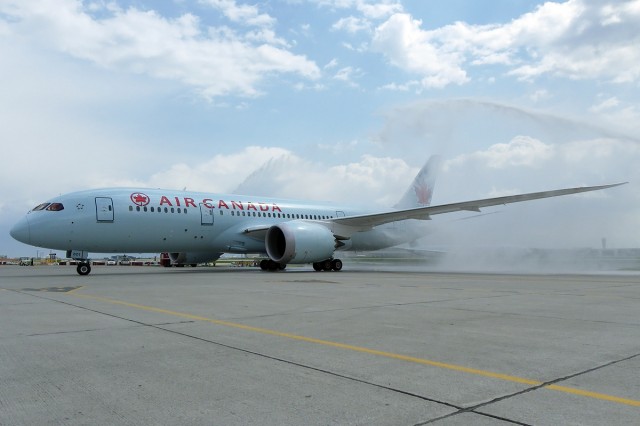
Air Canada’s first Boeing 787 Dreamliner arriving to YYZ to a water cannon salute – Photo: Philip Debski
9. Air Canada
Long story short, whether your Air Canada flight has wifi is a tossup. If it does, it’ll be provided by Gogo, and then, it’s a tossup whether you get the sort of newer, less slow system of the old crap.
Last, but certainly not least, is Air Canada. Air Canada was unable to rollout the Gogo ATG network to its domestic fleet until recently simply because the Gogo network just wasn’t built out in Canada. That has since changed, and Air Canada has picked up the pace. Dozens of its A319s, A320s, A321s, and E190s are now connected with Gogo ATG-4 (regular ATG on the E190 fleet). On the international wide-body side, Air Canada plans to trial Gogo’s 2Ku system, as well as Inmarsat’s Global Xpress system, which promises high-speed connectivity on a world-wide scale.
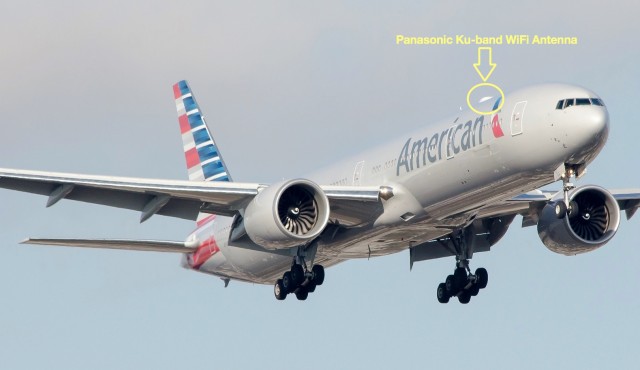
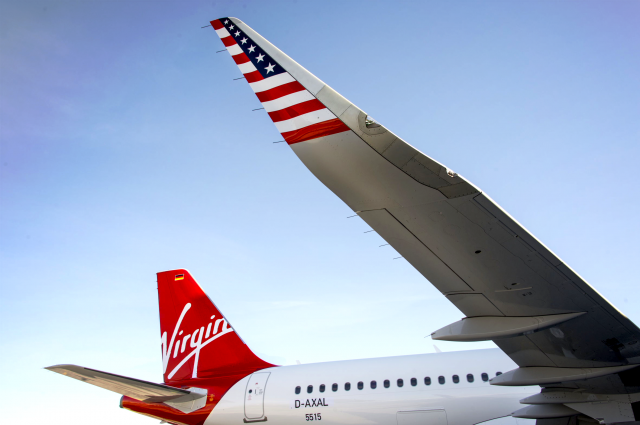
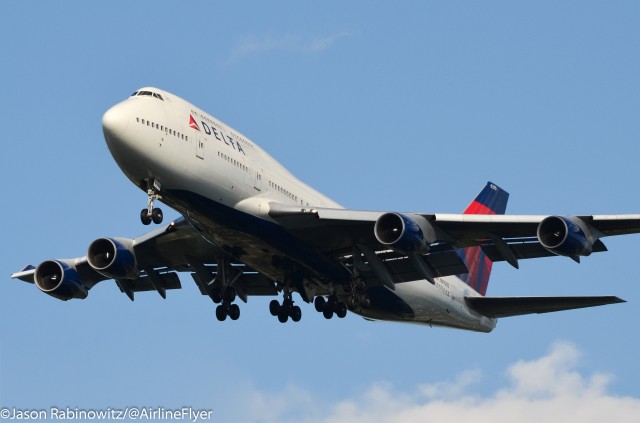
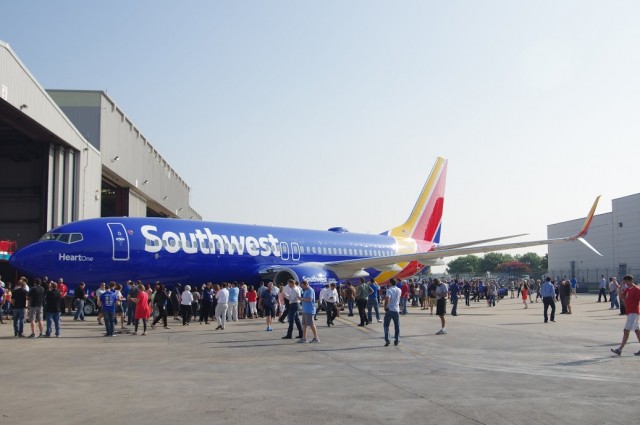
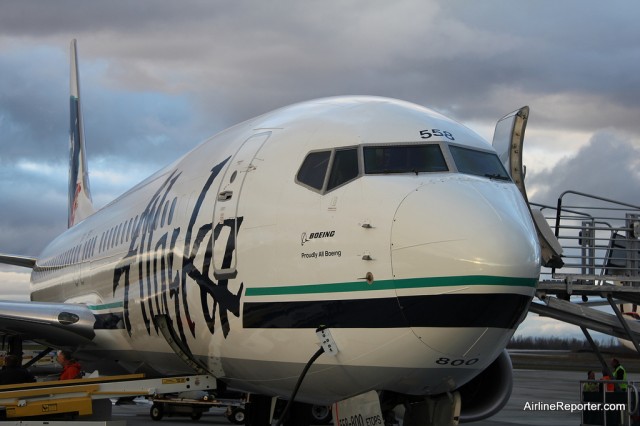
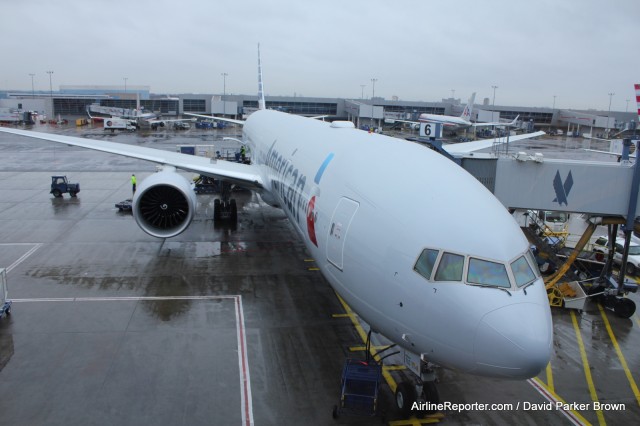
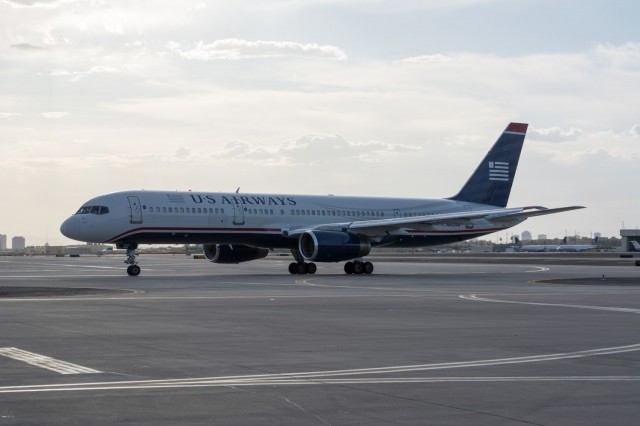
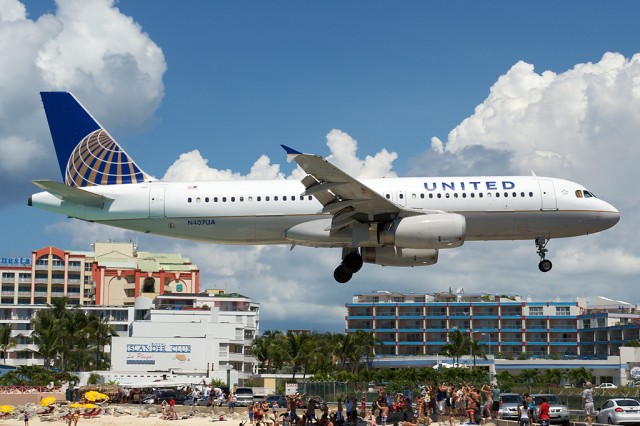
Nice title. 🙂 And very informative. I think I’ve used in-flight Wi-Fi a grand total of 3 times in my whole life, so I would have no idea about all the different providers. (It worked pretty well on AA last month, once I was finally able to log in, but the connection got dropped a few times while we were over the ocean.)
I fly a lot and WiFi is important to me. Thanks for this thorough and easy to understand update to the Gizmodo information. The one area I’m still not clear on is United’s plan for offering WiFi between the US Mainland and Hawaii.
It’s a bit tricky. United has a dedicated subfleet of 777s for Hawaiian flights with global WiFi. However, they also operate 737s to Hawaii, which won’t work on those flights.
They ALSO operate 757-300s, half of which will work on the route. It’s kind of crazy.
Your comment about AA GOGO pass not working on US or vise a versa is incorrect. The passes work reciprocal with no issue.
That wasn’t my comment, it was one of the incorrect Gizmodo comments 😉
Are there any US Airlines that offer free in-flight Wi-Fi?
Only JetBlue.
Great work, Jason, and obviously well researched, but I beg you not to scatter the word “Yeah” in your future articles. It annoys the crap out of me hearing it in speech – just like someone supposedly educated and intelligent starting a sentence with “So…”) but your use in the text is 100% uncalled for and tends to make the content sound irrelevant. If you are just dictating the article and click on “send”, I suggest you edit your future articles first. I wish you the best, just a word to the wise.
Hi Jim. I assure you that this article was not simply dictated by Siri and automatically published. My use of the word “yeah” twice in this article was intentional and is not a dictation error. I’m sorry it bothers you, though. I have decided to take your advice and remove all instances of the word “yeah” from the article. This way, I look smart and you get to read the article again and maybe even click on a few ads. It’s a win-win! Thanks, Jim!
Just wanted to comment that the “hump” on the JetBlue A320 is actually where the location of the LiveTV satellite equiptment is and now also houses the Wifi equiptment. I believe the size of the hump is the same on those airplanes that either have been or have not been modified with the wifi.
You mention that Delta has wifi on two-class regional jets. I know Alaska has zero wifi on its regional Q400 flights. Is it a safe guess that regional affiliates generally don’t offer wifi besides Delta?
Hey Erik,
Many do not, based on time in the sky, weight percentage of the aircraft and good ‘ol return on investment. As they get cheaper, lighter, and passengers demand it more, I think we will see that change.
David, AirlineReporter
Actually, WiFi on regional jets is becoming more and more common. All 2-class Delta jets, and United is installing WiFi on its CRJ700s, E170s, and E175s. American is also installing WIFI (slowly) on its E175s and CRJ900s.
Do you know approximately what speed range does Panasonic Ku operate, specifically that of United?
Typically around 3-4 Mbps down, maybe 0.5 up. That’s typical for the Panasonic system.
Its most important post as while travelling the WI-Fi issue has been experienced most.You described most informatively about different airlines wi-fi .